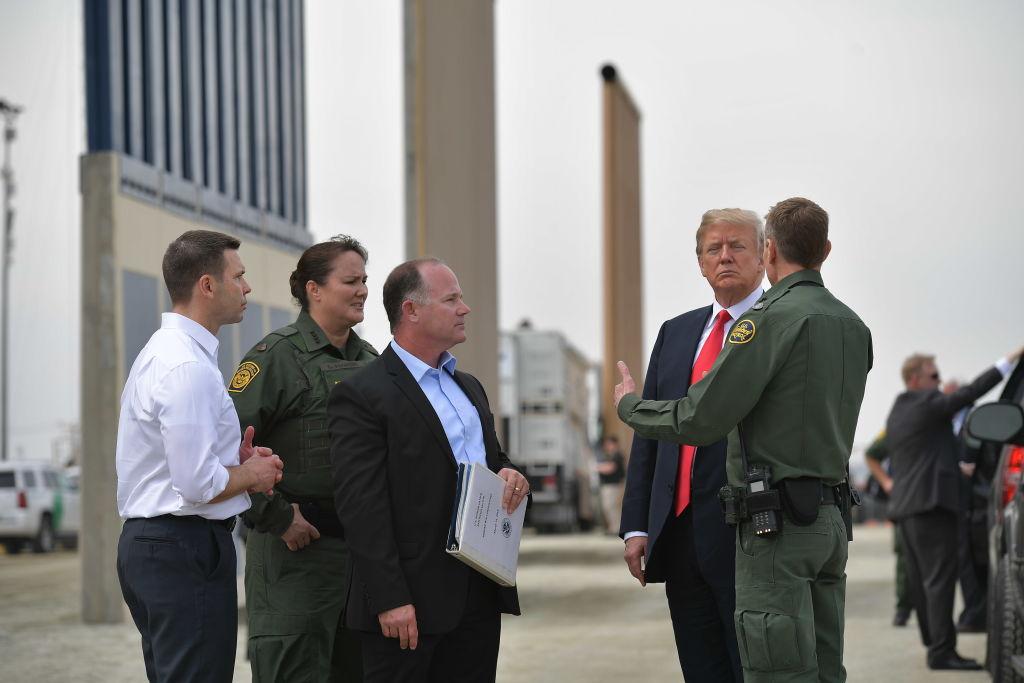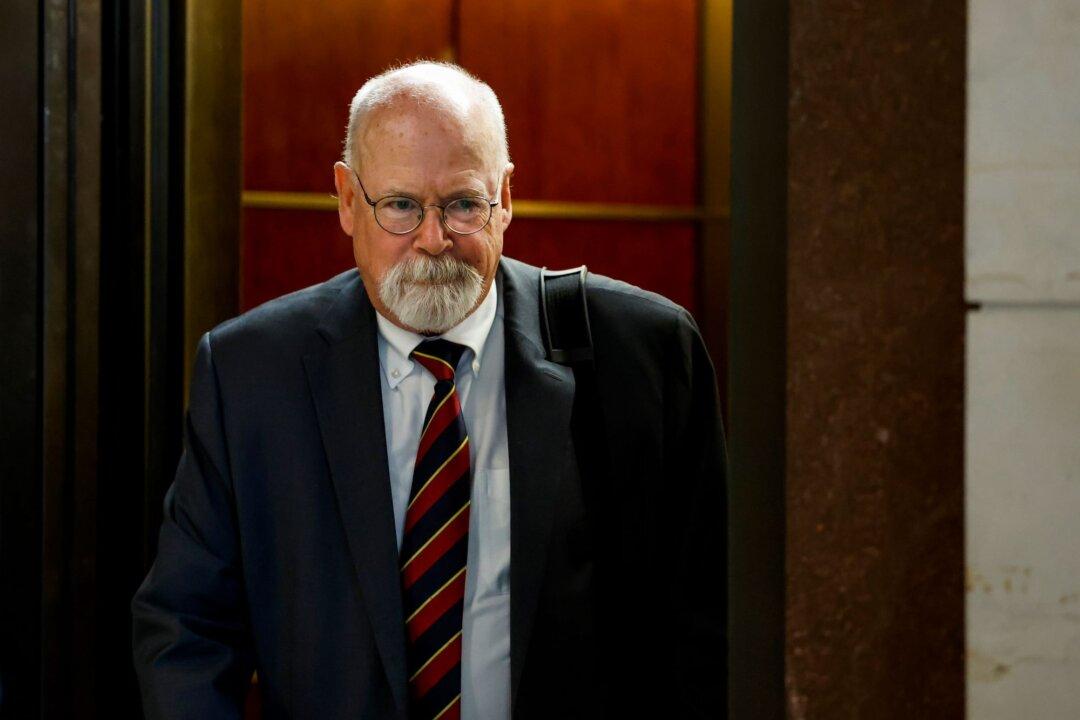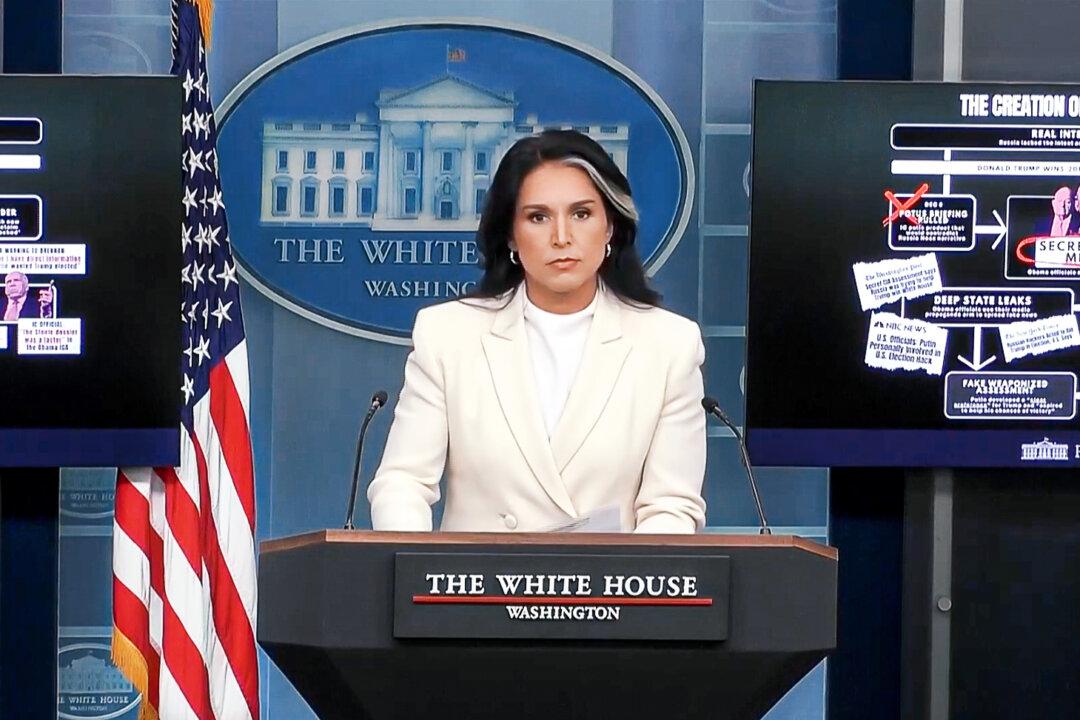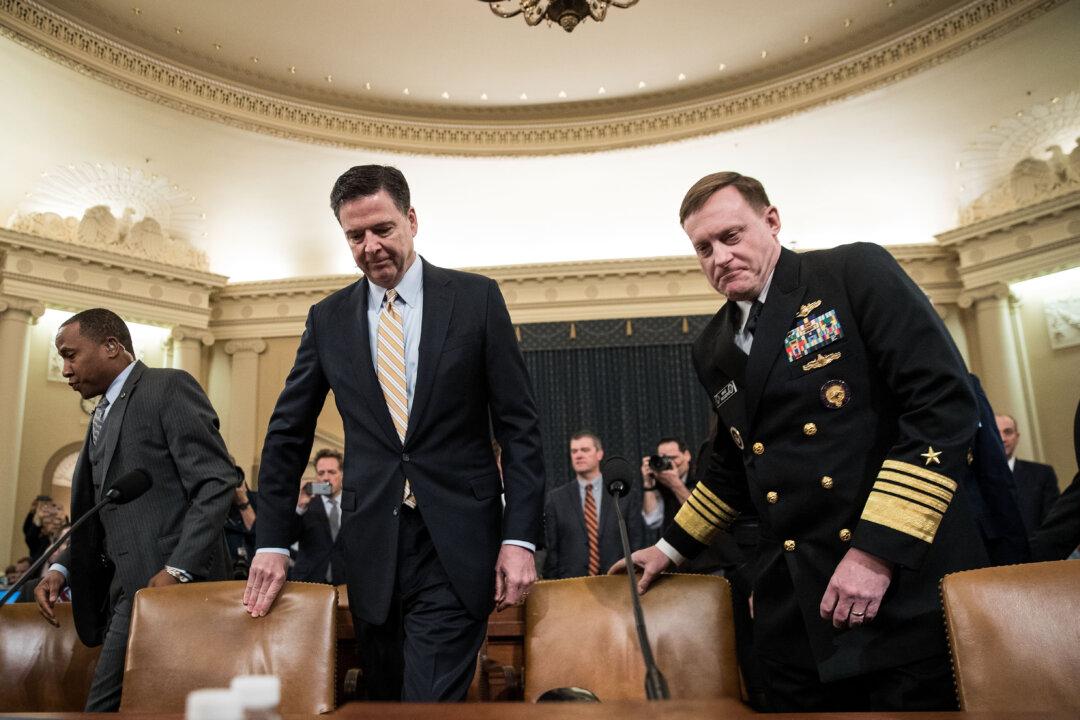President Donald Trump proposed on March 25 to use the recently approved giant military budget to fund the wall on the border with Mexico, emphasizing the barrier’s function for national defense.
Trump’s proposal comes at a time of increased tensions with Iran. Hezbollah, the Iranian regime’s terror proxy, has built up an ominous presence in South America, especially in Peru. The threat of armed terrorists crossing the border is likely to increase if the president delivers on a campaign promise to withdraw from the Iran nuclear deal. Trump is scheduled to visit Peru next month, his first visit to South America as president.





